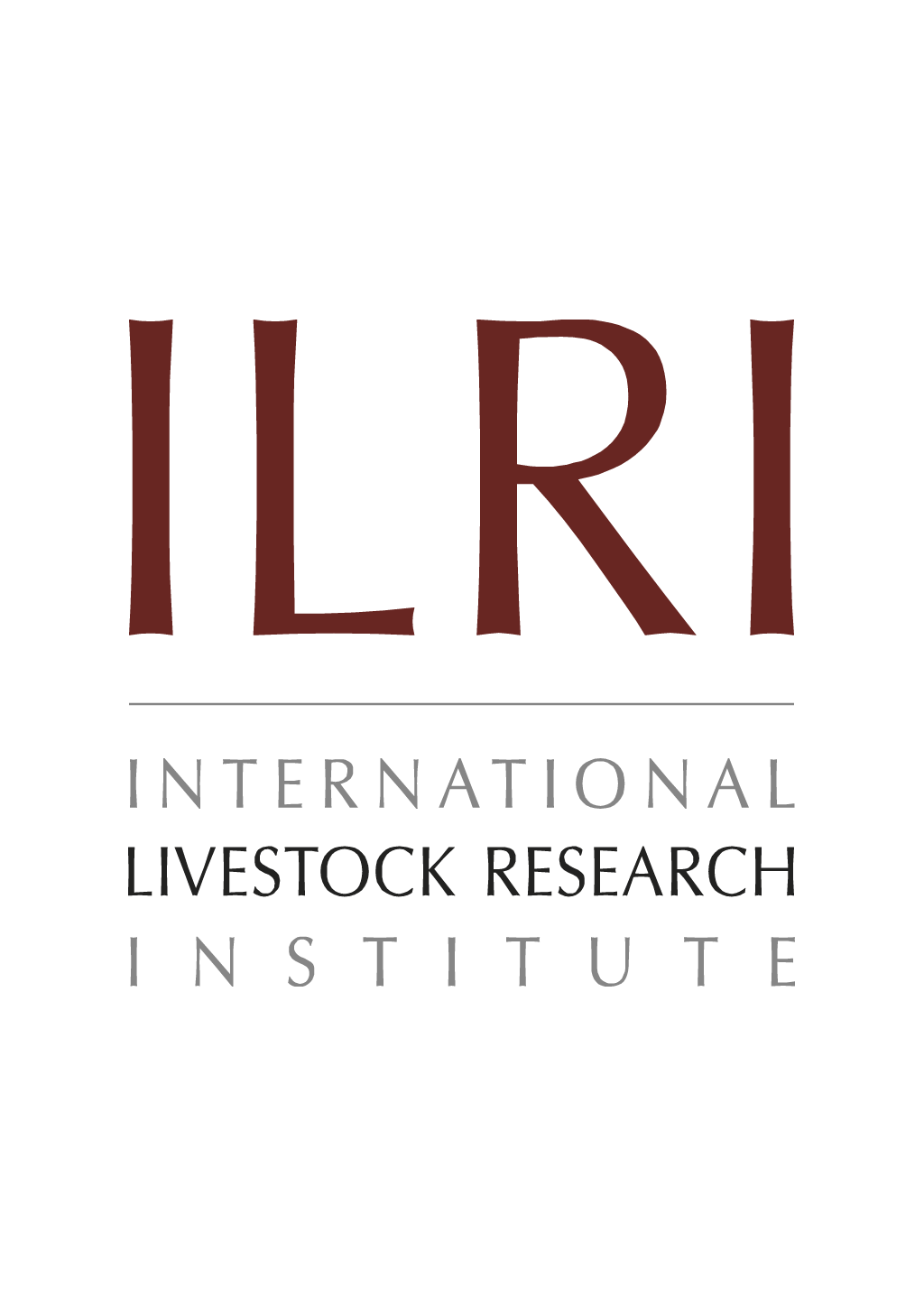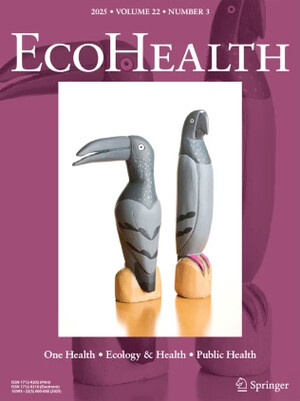
Comparative sensitivity of antigen-detection enzyme immunosorbent assay and the microhaematocrit centrifugation technique in the diagnosis of Trypanosoma brucei infections in cattle
Abstract
Four Boran cattle were infected with Trypanosoma brucei using Glossina morsitans centralis and were left untreated throughout the experimental period of 18 months. During this period, sequential blood samples were collected and examined for the presence of anti-trypanosome antibodies and their antigens . Using the buffy coat technique (BCT), trypanosomes were detected in 38 (16.3 percent) of the 233 blood samples. Unlike the BCT, antigen-detection enzyme-linked immunosorbent assay (Ag-ELISA) diagnosed infections in 189 (81.1 percent) of the blood samples. These results were supported by the presence of antitrypanosome antibodies in the same samples. Thus Ag-ELISA was 5.5 times more sensitive than the BCT. Towards the end of the observation period, G.m. centralis tsetse were fed on the aparasitaemic cattle to determine whether they still hardboured the infection as the persistent antigenaemia seemed to suggest. Bloodmeals from the four cattle were infective to tsetse, thus emphasising the importance of Ag-ELISA in diagnosis of sub-patent infections.
Citation
Veterinary Parasitology;56: 37-46









